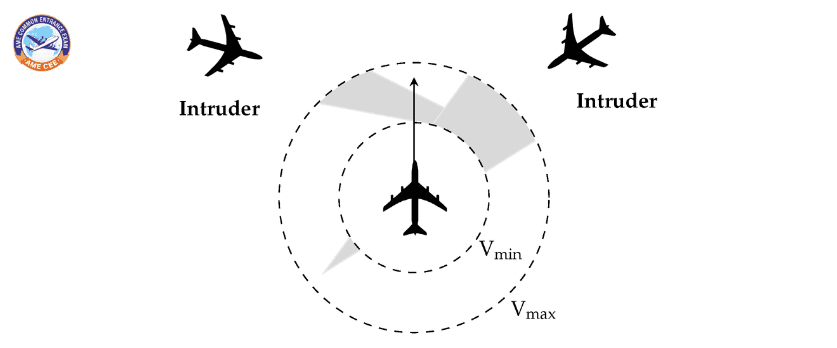Aircraft Maintenance Engineering (AME) stands as the cornerstone of aviation safety, involving the meticulous maintenance, repair, and overhaul of aircraft to ensure their continued airworthiness. This overview presents a detailed insight into the world of AME courses, highlighting its critical role in sustaining the safety and reliability of airborne vehicles.
Key Topics Covered
Entry and Foundation
Understanding the prerequisites and educational qualifications required for aspirants seeking a career in AME.
Emphasizing the significance of a solid foundation in Physics, Chemistry, and Mathematics (PCM) for aspiring AME professionals.
Course Framework and Specializations
Delving into the structure of the AME course, exploring its duration, and elucidating the core divisions – Category A and Category B specializations.
Detailing the subjects and areas covered within each specialization, from aircraft structures and engines to avionics and navigation systems.
Holistic Learning Approach
Highlighting the comprehensive nature of AME education, integrating theoretical classroom teachings and hands-on practical training.
Outlining the subjects covered in theoretical modules and the practical experiences gained in workshops, laboratories, and live aircraft environments.
Licensing and Certification
Detailing the pivotal phase after completing the AME course, requiring practical training and examination clearance administered by aviation regulatory bodies like DGCA, FAA, or EASA.
Emphasizing the significance of the AME license in certifying an individual’s competence to maintain and oversee aircraft airworthiness.
Career Prospects and Skill Sets
Illustrating the wide array of career avenues available to AMEs across airlines, MROs, manufacturing entities, and regulatory bodies.
Emphasizing the critical skills required, including technical prowess, attention to detail, problem-solving abilities, and adherence to safety protocols.
Regulatory Compliance and Lifelong Learning
Exploring the crucial aspect of compliance with stringent aviation regulations set forth by relevant authorities in various regions.
Underscoring the necessity for continuous learning, ongoing skill development, and periodic re-licensing to align with evolving aviation technologies and safety standards.
Conclusion
The field of Aircraft Maintenance Engineering encapsulates a blend of theoretical knowledge and hands-on experience, serving as the backbone of aviation safety. This overview sheds light on the structured educational path that equips individuals to ensure the airworthiness of aircraft, fostering a cadre of skilled professionals dedicated to maintaining the integrity and safety of air.
To become an aircraft maintenance engineer you may could join AME engineering through AME COMMON ENTRANCE EXAM (AME CEE) this examination you may join AME engineering approved by DGCA, EASA or UGC.


